Citroën’s global boss has talked to AM-online about the strategic positioning of the French brand as it overhauls core models and promises transparent pricing.
Chief executive Thierry Koskas has now been at the helm of the Citroen brand for 18 months and he's been charged with a mission.
He aims to transform the brand with a focus on renewing core models based on the corporate values of comfort, simplicity, sustainability and daring.
Citroën’s global boss has talked to AM-online about the strategic positioning of the French brand as it overhauls core models and promises transparent pricing.
Chief executive Thierry Koskas has now been at the helm of the Citroen brand for 18 months and he's been charged with a mission.
He aims to transform the brand with a focus on renewing core models based on the corporate values of comfort, simplicity, sustainability and daring.
At a meeting at the Citroën London West dealership, part of AM100 group Stellantis & You, Koskas outlined to AM-online the desire for a rapid and comprehensive overhaul of the Citroën range.
"We are entering a complete renewal of the lineup. By the end of 2025, we will have renewed most of our lineup," Koskas says.
It starts this summer with electric and ICE versions of the new C3 and then the C3 Aircross SUV with five or seven seats. Then next year the C4 gets what Koskas describes as "a deep facelift" and electric, PHEV and ICE powertrains.
"We've shown the car (the C4) already to some dealers and received very good feedback," he says.
The relaunch of Citroen's light commercial vehicles starts early in 2025 too.
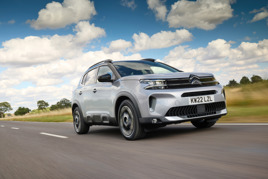
This rapid transformation marks an exciting period for Citroën, says the brand boss. “We're introducing offers that are unseen in the market, particularly with unbeatable prices for the C3 and e-C3."
The C3 goes on sale in September 2024, a few months after the EV, with prices starting from £17,790 for the entry-level Plus trim, or £21,290 for a Max, though this is only offered with the more expensive hybrid. The prices put it at the lower end of the spectrum, beneath the Renault Clio even, and though the £13,795 Dacia Sandero is much cheaper, that lacks a lot of the C3’s standard kit.
The company’s goal is to achieve a 5% market share (cars and LCV combined) in Europe next year. "We are currently at 3.8% in the first half of the year and aim to reach 5%, which is perfectly doable with our renewed lineup."
ACEA data shows Citroen's share of the car market in Europe (EU+UK+EFTA) was up 0.2ppts to 3.2% by the start of H2 2024. LCV data is yet to be released, but Koskas claims Citroën’s LCV market share has reached 8%.
In the UK, Citroen's share of the new car market at the half-year point was 1.57%, down 0.07ppts on H1 2023. Its LCV share of 7.1% is down 1.9ppts on H1 2023.
Fortunately consumer demand for new cars is generally strongest in the B- and C-segments, both of which have been long part of Citroen's comfort zone. Nevertheless, achieving market share growth with the four core cars – C3, C3 Aircross, C4 and C5 Aircross – is ambitious when rivals such as Dacia, Kia and MG plus new Chinese entrants all want their own slice.
However, Koskas is optimistic about meeting the challenge: "We used to sell around 200,000 C3s annually in Europe. With the new C3 and e-C3, we intend to increase that number.”
The Citroën chief said the focus on these key models, and keeping the variant options limited so to not complicate the line-up, ensures Citroen means simplicity, affordability and customer appeal.
"We don't want to have a complicated lineup and pile up models - that's absolutely not what we want to do," said Koskas.
Even so, Koskas hints of several ‘breakthrough’ models on the horizon "that will be truly innovative” in line with a brand that has dared to break convention with models such as the 2CV, DS and C4 Cactus.
“We will continue this tradition," he says. Such additions will likely be a novel bodystyle on an existing platform rather than any wholesale technology shift.
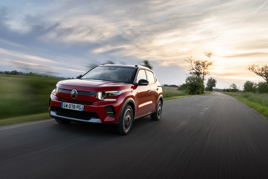 The efficiency of Citroën’s Slovakian production facility, which produces more than one car per minute, plus the Stellantis 'Smart Car' platform, have allowed Citroen to produce the group's lowest-priced EV yet and will play a crucial role in any further innovation.
The efficiency of Citroën’s Slovakian production facility, which produces more than one car per minute, plus the Stellantis 'Smart Car' platform, have allowed Citroen to produce the group's lowest-priced EV yet and will play a crucial role in any further innovation.
More efficient than other STLA modular architectures with a focus on LFP battery electric models, Koskas described the 'smart car' platform as "super-efficient and versatile, enabling us to create very affordable cars with all the necessary equipment."
It supports BEV, hybrid, and ICE vehicles, and requires fewer components allowing for simplified manufacturing.
That, added to a lineup which is straightforward in terms of options and a multi-energy platform further supports cost-effective production. "We have to milk that cow," he says.
Simplicity – one of the brand’s avowed aims, will also be reflected in Citroën’s market strategy. Overlooking the C/D-segment stradding niche C5 X, he says making cars for the D-segment or beyond is "not our mission" and adds: "We don't aim to participate in any technological race. Instead, we are focussing on simplicity and intuitive use."
This focus on simplicity also aligns with Citroën’s commitment to introduce transparent pricing. "We are introducing a net price strategy, offering a clear and straightforward price to the customer. This approach aligns with our value of simplicity."
It also hints at the often cited hope of OEMs that they'll reduce dealer discounting or attract online orders from people who will pay the price they see.
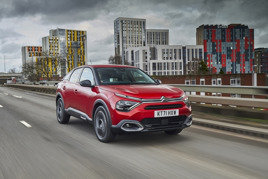 Addressing the UK market where Citroën historically culled market share with blockbusting deals that ate away at residual values, Koskas said times had changed: "We have no intention of giving away cars or compromising residual values. Our net pricing strategy will enhance residual values, which is vital for us."
Addressing the UK market where Citroën historically culled market share with blockbusting deals that ate away at residual values, Koskas said times had changed: "We have no intention of giving away cars or compromising residual values. Our net pricing strategy will enhance residual values, which is vital for us."
Login to continue reading
Or register with AM-online to keep up to date with the latest UK automotive retail industry news and insight.




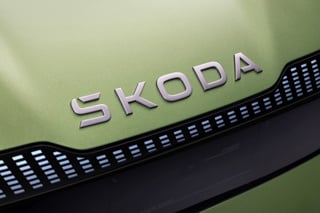
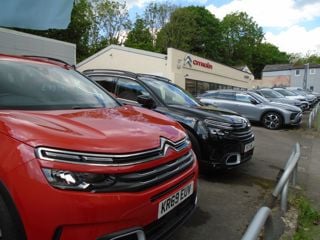

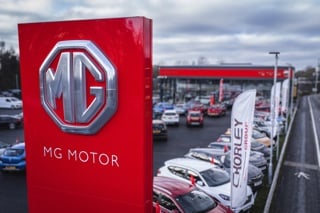




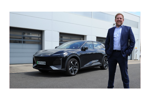
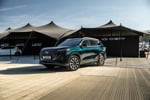


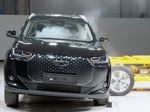
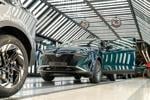

Login to comment
Comments
No comments have been made yet.